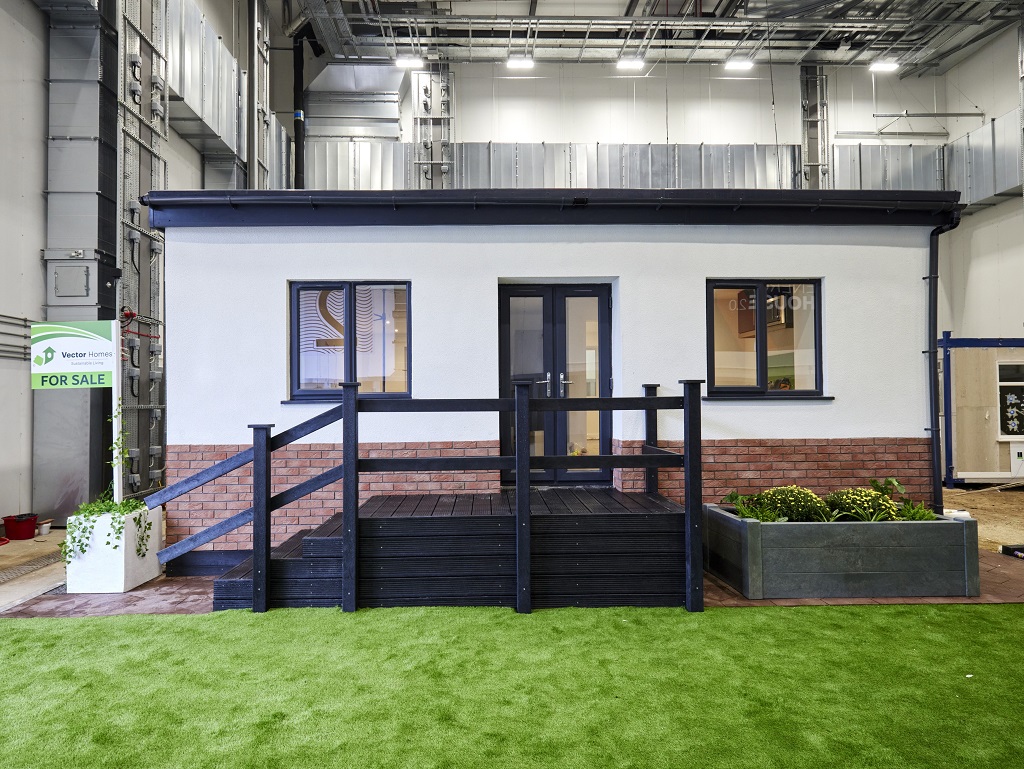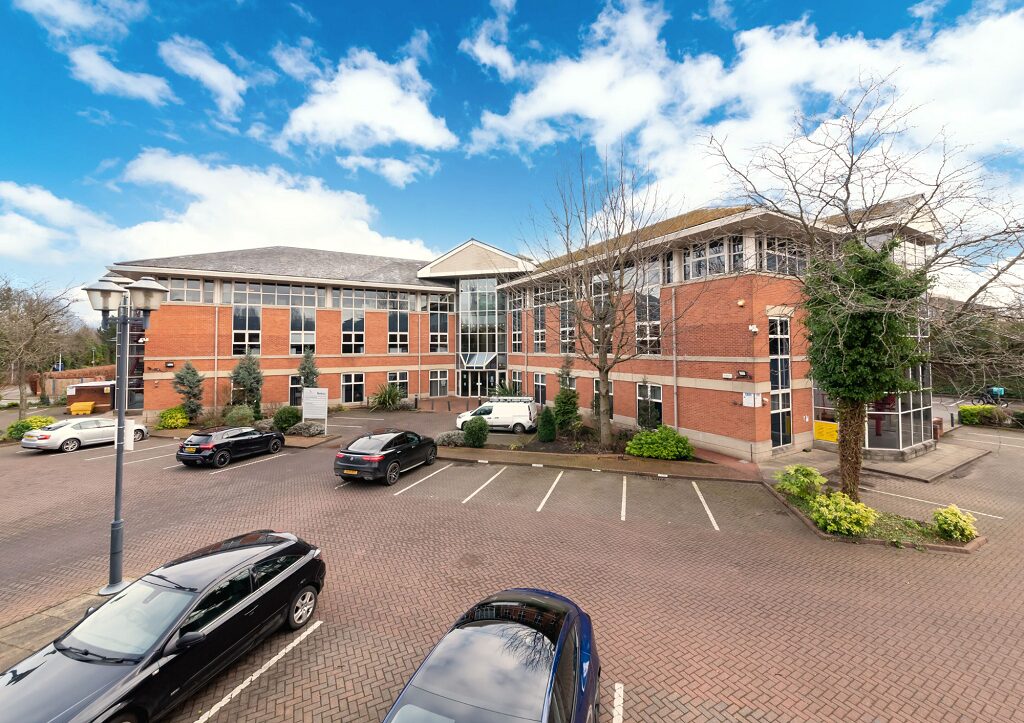Flatpack bungalows? Vector tests housing prototype
Recycled materials and graphene make up part of Vector Homes’ low-carbon creation, which will be tested at the University of Salford’s Energy House 2.0.
The Manchester-based cleantech housebuilder has designed a one-bedroom, 430 sq ft bungalow that is capable of being assembled by a small group of people. That’s because the house reduces down to a flatpack.
The prototype uses infrared heating, mould-resistant plaster, and solar cells. Graphene boosts the tensile strength of its structural panels, as well as increases its ability to resist UV and reduces its flame spread rating.
Vector has also teamed up with the University of Manchester’s Graphene Engineering Innovation Centre to explore additional ways that graphene can be deployed in housebuilding.
In addition to having innovative materials, the prototype boasts embedded tech that allows the future resident to monitor the space’s temperature, humidity, and air quality.
Another unusual element of the Vector Homes prototype – it is engineered to be dismantled, its parts reused elsewhere.
“Our mission is to cut carbon and costs in construction,” said Vector Homes chief technical officer Liam Britnell. “Our homes are designed to have 80% fewer carbon emissions in the building process compared to a standard brick house.”
He added later: “From the microstructure to the superstructure of a Vector home, everything links back to efficiency and sustainability. Our homes will be super standardised to ensure the rapid production of components and assembly.”
The flatpack home’s ability to withstand the elements will be tested at Energy House 2.0, which will see how it can handle temperatures ranging from -20 degrees Celsius to 40 degrees Celsius – as well as snow, wind, and rain.
University of Salford professor Will Swan, director of Energy House Labs, described the Vector prototype as an example of “exactly what our unique Energy House 2.0 facility was built for”.
He continued: “Vector Homes is an ambitious, innovative North West company and if we can help them to develop a new product which can provide cheap, safe and, most importantly, warm housing, then there will be huge benefits.”
Vector is financially backed by The Greater Manchester Investment Fund, Innovate UK, SFC Capital, GC Angels, European Regional Development Fund, and HSPG.





Good to see people treating national space standards minimum targets as the maximum to be achieved (39m2 for 1 bed 1 person 1 storey dwelling, 50m2 if for 2 people). Really great. Wonderful, even.
Would be lovely to see housebuilders, sorry ” cleantech innovators”, do something a bit better.
By JohnMac
The housing built in past UK.reflects expectations of marriage and children but we now in a marrage less and childless society and new housing needs to reflect that.
By Fred Jallow
You’d think in this day and age all houses would be prefabricated in a factory and arrive at site via low-loader, its cheaper, quicker, greener and unaffected by the weather.
By GetItBuilt!
So a hi-tech caravan then?
By Anonymous
Mmmm. Plasticky.
By Anonymous
Would love to see if this could be a replacement model for existing lost cost housing. Would it be sustainable, could it replace caravans in the leisure industry
By Selwyn Stephenson